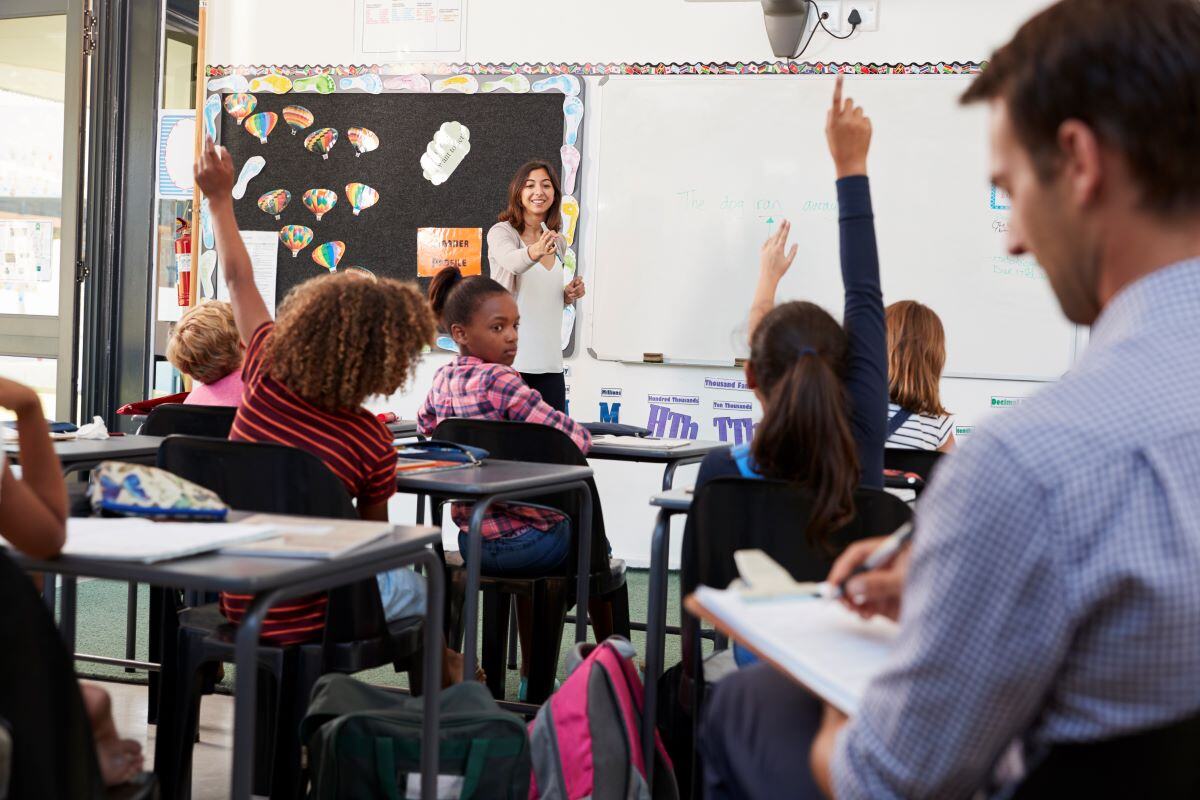After any school emergency or crisis, we should conduct an after-action review of that incident. Every incident creates many opportunities to learn from our actions, those things we did well, and those areas that present opportunities to improve. But make no mistake: we can and should take every opportunity to learn from every incident, not just those at our schools. In most incidents, you don’t have to wait long for the initial lessons learned to be published. So many people and organizations will review every incident and give you their opinion on what went wrong. They will “identify” that single factor, action or inaction, that, if in place, would have prevented the incident. Since so many opinions and recommendations exist, how can we navigate them all? How do we know if the mandates are best practices, and why aren’t best practices mandated? A better question might be, what are the differences between mandates and best practices?
A few weeks ago, I listened to a webinar about lessons learned from an active shooter incident almost five years ago. As one would expect, there were many lessons learned. Many of those lessons should have been five years ago. During this webinar, I understood that the lessons described were new to the presenters. While this may not actually be the case, that was my impression. With several of the lessons being pointed out, the comments were, “...and there were new mandates created, or are being created.” The presenters also made it clear there was no requirement or mandate in their region to follow the mandates from the region where the mandates were created. This statement puzzled me. It is also the foundation for this discussion.
When discussing school safety and mandates versus best practices, we should understand what they are and how we evaluate them. Let’s start with mandates and why they are essential. While it is not always the best way to get something done, especially regarding school safety, mandates do require schools to comply with whatever mandates they are given. Politicians develop mandates to require schools to comply with a practice or policy they believe will help prevent the next act of violence or crisis. The biggest issue with mandates is that almost every mandate was developed from the perspective of a political agenda and may have very little to do with preventing violence or keeping people safe on campuses. I've seen mandates made, but if they had been there when the incident happened, they wouldn't have stopped it. Don’t get me wrong, many good mandates are needed. In fact, many organizations wouldn’t have the level of safety they currently have without mandates. However, it has almost gotten to the point where mandates are needed before a school does what it should be doing, with or without a mandate.
As the name suggests, best practices are those things we do that give us the best opportunity to be successful. In this case, we are discussing keeping our campuses safe for everyone. We are discussing “Best,” not “Perfect” practices. There lies the problem with best practices. They are based on opinions and experiences. What works well for me in my situation or incident is likely different for you. This also leads to a perception one “best” practice conflicts with another. This conflict comes when looking for the “perfect” solution, not the best one. The best solutions depend on your situation, not what happened to someone else five years ago. Sure, we can always learn from past events, but those just add to our knowledge and experience base to provide the “best” practice for our situation.
Continually, I advocate we all become students of school emergencies and how should address them from all four phases: prevention/mitigation, preparedness, response, and recovery. As students, we can look at mandates and best practices with a critical eye and determine how they might impact our safety programs, both positively and negatively. We should always look for best practices, what works best for you and your situation. Whether it is a mandate or a “best” practice, this is true. When looking at the after-action reports from an incident you were not involved with, pay attention to the lessons learned to see if you would benefit from those lessons. Review the mandates from other states or regions to see if they would benefit your schools and increase their safety. If it would, adopt the mandate as soon as possible. There is no need to wait for it to become a mandate. We should be doing so because this is the “best practice,” not because it was mandated.












No Comments Yet
Let us know what you think